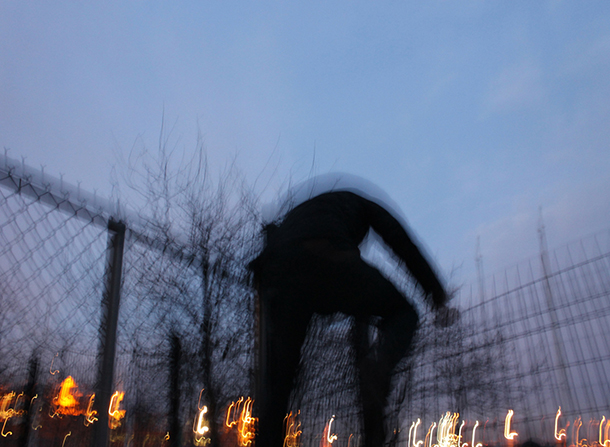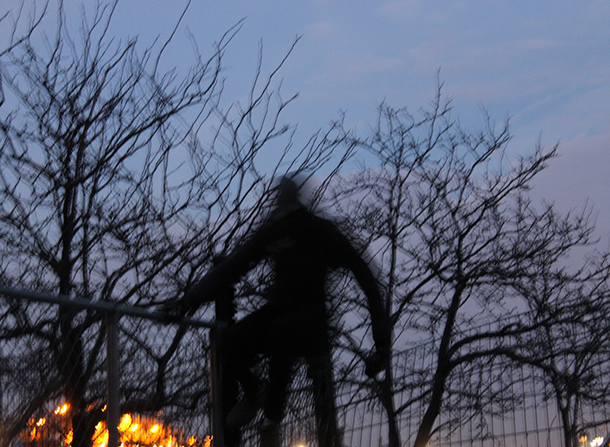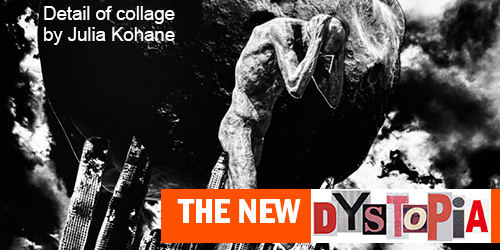
DOWN IS THE NEW UP, WRONG IS THE NEW RIGHT, WAR IS PEACE, THE TRUTH IS WHATEVER POLITICIANS SAY IT IS, AND EMPATHY, LIKE IRONY, IS DEAD
Published on October 15, 2025
As dozens of wars rage on around the world, the out-of-control violence that keeps unfolding in so many places has made a horror of everyday life.
Last month, the world learned that Charlie Kirk, a far-right political activist who promoted conspiracy theories about election fraud and COVID-19, was killed by a gunman while delivering a speech at a university in Utah. In 2023, Kirk, the founder of Turning Point USA, a right-wing student organization, said in a public talk, “I think it’s worth to have a cost of, unfortunately, some gun deaths every single year so that we can have the Second Amendment to protect our other God-given rights.”
Responding to the news of Kirk’s killing, a lead editorial in the New York Times – expressing the thinking and position of that newspaper’s editorial board, not of one of its opinion columnists – noted, “Such violence is antithetical to America.”
Except, of course, that it is.
After all, as of late August, in 2025 alone, more than 300 mass shootings had occurred in the U.S.A. Meanwhile, in recent weeks, American military forces have attacked and killed all the passengers on board several small boats that have set sail in the southern Caribbean from Venezuela. And then there’s the U.S.A.’s enthusiastic funding and enabling of Israel’s genocidal holocaust that has targeted the Palestinians.
The amount and the intensity of violence that’s occurring around the world is frightening enough. Alarming, discouraging, and dispiriting, too, is the nonstop deluge of corruption, criminality, injustice, mendacity, and getting-away-with-it impunity that is to be found in politics as well as in the corporate world. Meanwhile, human-caused pollution and abuse of the natural environment are destroying the planet, and for many people around the globe, it has become impossible to feel hopeful about the future.
Against this backdrop of uncertainty and fear, how and what are artists thinking about their roles in society, or about their objectives and purposes when it comes to producing their work? Should they empathize with the plights of others and try to remain concerned, engaged citizens of their communities and the world or pull back and seek solace and refuge within their families and friendships, their own thoughts, and their art-making? What’s a concerned, sensitive person supposed to do in such unsettling times?
In no particular order, here are some comments and observations a handful of artists have shared with us about their responses to the current moment. Some of them refer to conditions in the U.S.A., while some simply reflect the sense of restlessness, chaos, or searching they — and many others — have been feeling, irrespective of external forces.
EMILY WATERS
The Brooklyn-based artist Emily Waters (Instagram: @ylimesretaw) shared the following commentary with us. In it, she begins by referring to the headline of a news article that was published in the New York Times on February 1, 2025. That headline said, “N.Y. Hospital Stops Treating 2 Children After Trump’s Trans Care Order.”
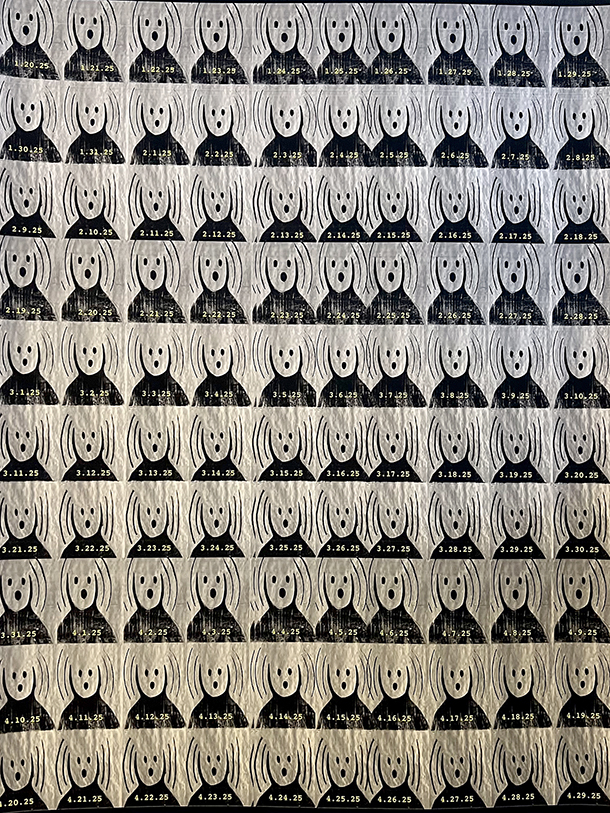
Waters writes:
“How did this happen in New York City, the home of Jackie Curtis, Stonewall, and ACTUP? Like 48.3% of our nation, I felt fear and trepidation after the election of the Miscreant on November 5, 2024. On Instagram, I saw a placard from a demo [that took place] outside NYU Hospital, the hospital where my children were born, that read, ‘FIRST THEY COME FOR OUR TRANS YOUTH!’”
“In New York, we all know trans kids. If you don’t, you’re unaware.”
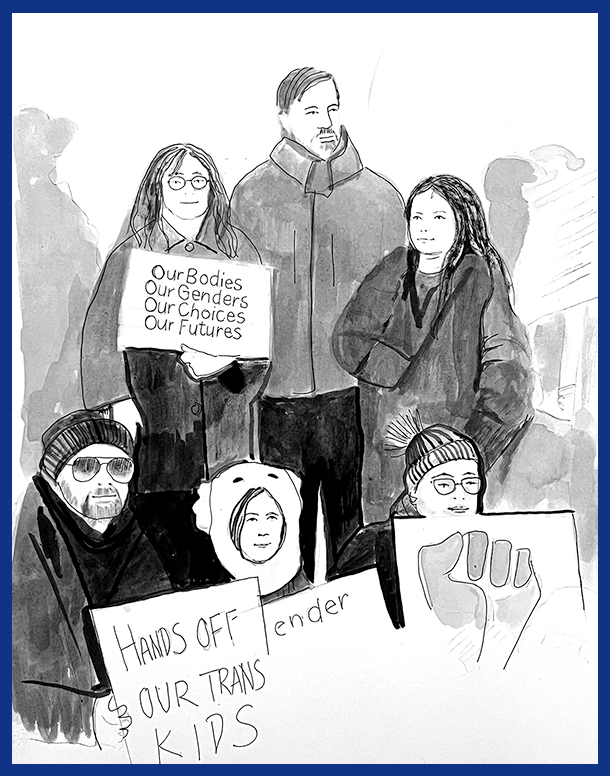
“The next weekend, I went to a rally at Union Square, where I watched kids speak for themselves. They spoke eloquently about their right to exist. They don’t need anything from us except to be heard and respected. Stand back, vultures — don’t trample on trans kids’ rights!”
“The following weekend and the following weekend and the following weekend, I attended marches and demonstrations at which New Yorkers demanded that our [basic civil] rights not be taken away from us.”
“I’d go with hand-painted signs on the subway and nod at other riders who were also holding their signs. We would begin a conversation that would end at the demonstration site or at a café near the march. We would march down Fifth Avenue or Broadway chanting, ‘Whose rights?’ and answering, ‘Our rights!’ We had been training as protest-event marshals, because we had been advised that this was going to get ugly soon.”
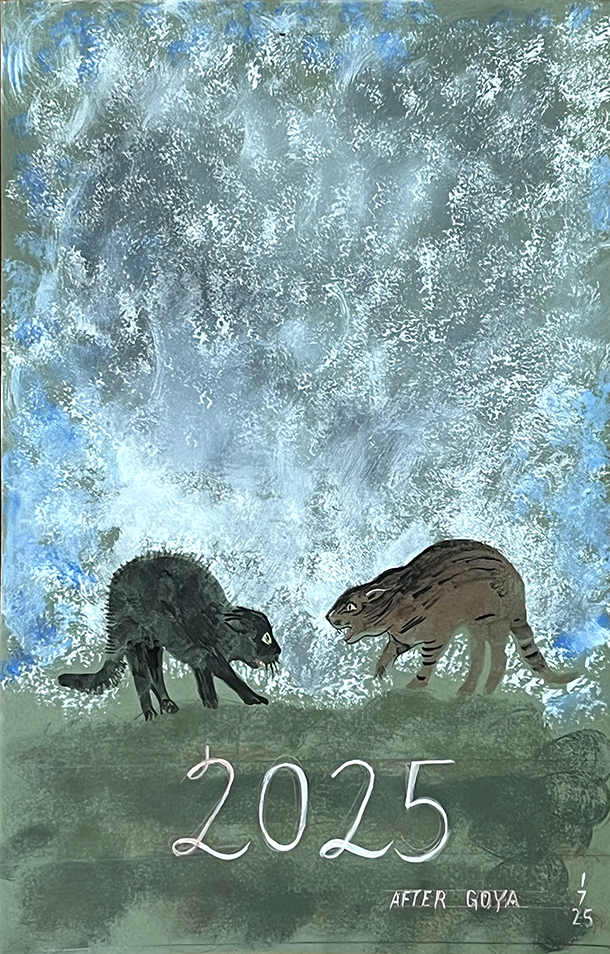
“Presently, the New York jails can’t hold us all, but New York City’s current mayor is in debt to the Miscreant.”
“Soon, I’m sure, there will be buses to take away those of us who are practicing our right of free speech, which is granted to us and guaranteed by the U.S. Constitution.”
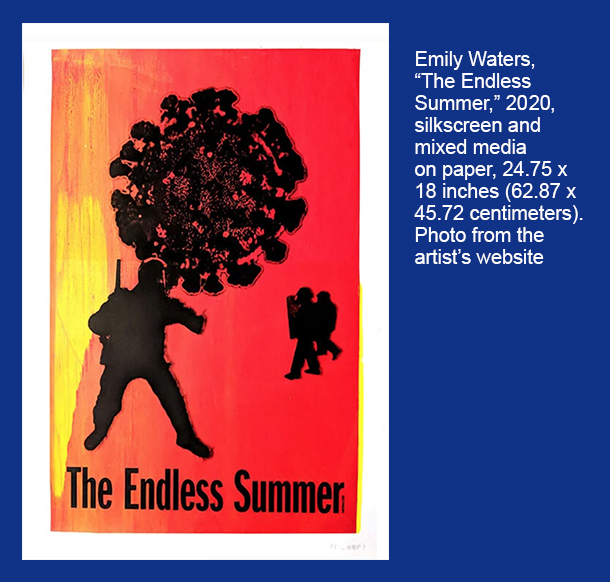
JULIA KOHANE
The New York-based artist Julia Kohane (Instagram: @juliacollages) describes her hauntingly compelling collage works, which she began making in 2024, as artistic productions that emerge from or at “the intersection of analog and digital media.” To make her works, she uses what she refers to as “a hybrid process that merges hand-cut assembly with digital refinement.”
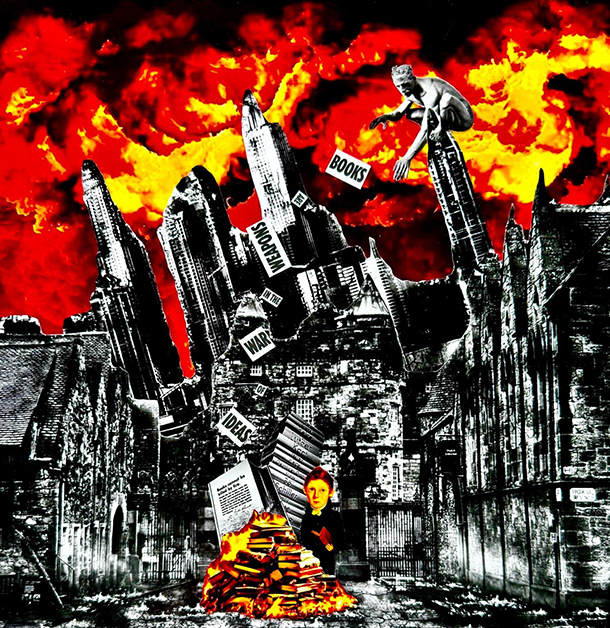
Regarding the current historical moment and its disturbing currents, Kohane told us:
“The idea of a ‘new dystopia’ aligns closely with my collage-making, which responds to the surreal, fractured reality we now inhabit.”
“I’m drawn to apocalyptic imagery — fragile figures placed in dreamlike or broken landscapes. These scenes reflect such emotional states as uncertainty and disconnection.”
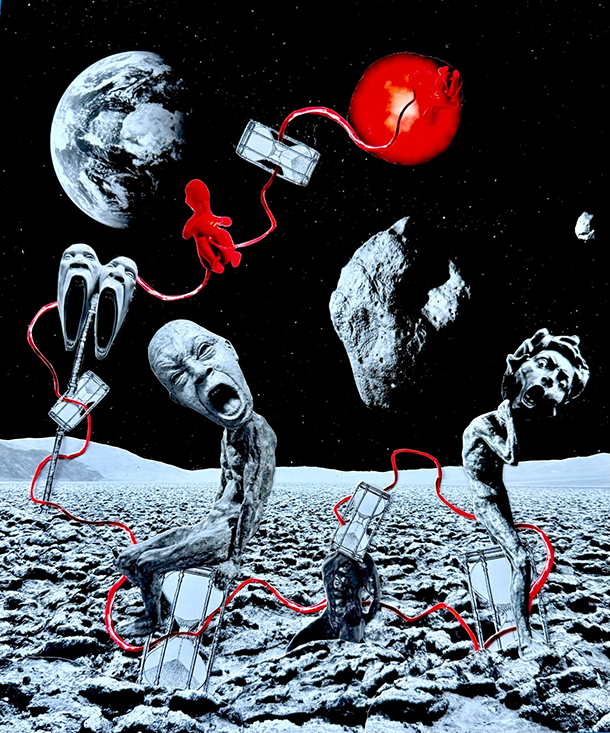
“My work explores themes of alienation, vulnerability, and the blurred boundaries between myth, memory, and future ruin. Rather than tell specific stories, [through them] I try to capture a mood — something between memory and imagination, where the familiar becomes strange.”
“My hybrid process blends digital and analog techniques. I source imagery online, print and cut by hand, then reassemble and rephotograph the final piece. I aim to create works that feel both intimate and expansive.”
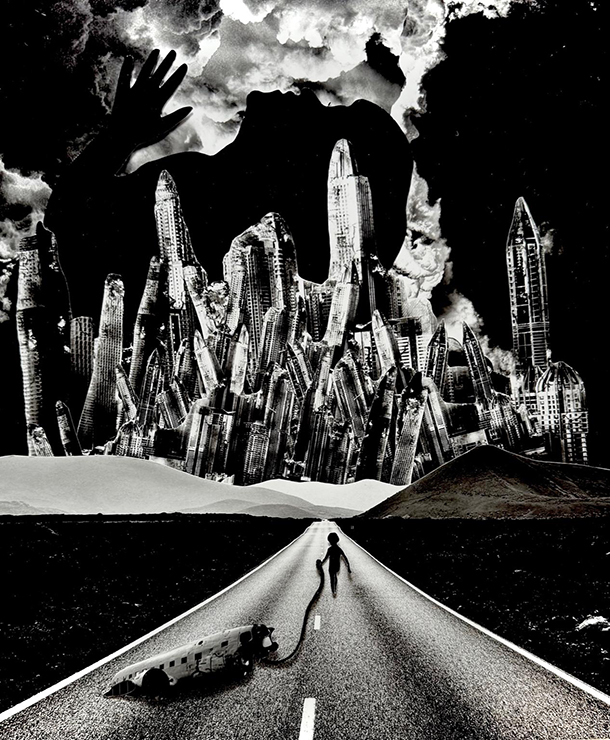
“Through this process, I can construct new narratives, disrupt original meanings, and challenge viewers’ perceptions of reality. Because my final images exist as a high-resolution digital photographs, they can be printed at various sizes while preserving the layered, tactile quality of their originals.”
“I see this project as an opportunity to contribute visually to the conversation around our unstable present.”
STEPHANIE BRODY-LEDERMAN
The New York-based painter Stephanie Brody-Lederman (Instagram: @stephbrodylederman) is one of those artists who, year after year, steadily plugs away at her craft, constantly sharpening her vision and refining the distinctive vocabulary of symbolic-feeling imagery and spare but richly expressive gestures that have long been the hallmarks of her art.
Brody-Lederman’s paintings on canvas and paper give tangible form to the ineffable; often inspired by a newspaper headline that has caught her eye or a snippet of conversation she has overheard at the supermarket, her subject matter is the fleeting, often ambiguous stuff of emotions, psychological states, and the flotsam and jetsam of a restless, introspection-accustomed soul.
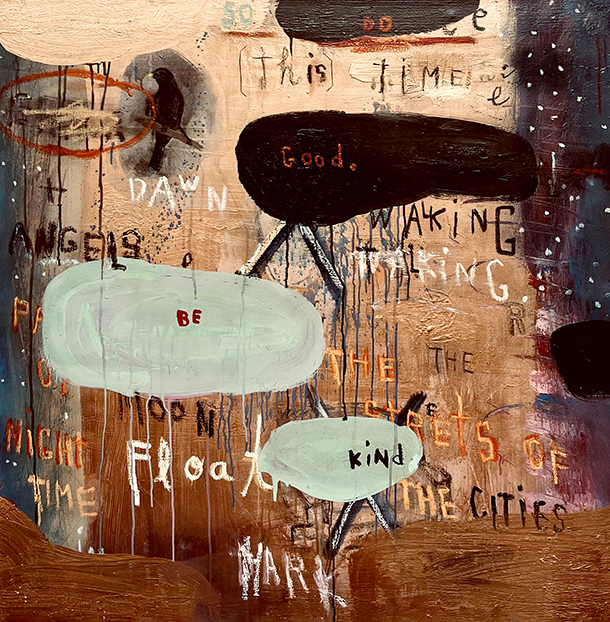
In response to the currents and chaos of the present moment, Brody-Lederman sent us this painting (above) and this note:
“Right now, these times are so scary that the only way I can survive is to be kind and to do good. I’m trying, in my everyday life, to metaphorically hold the door for all the people I encounter.”
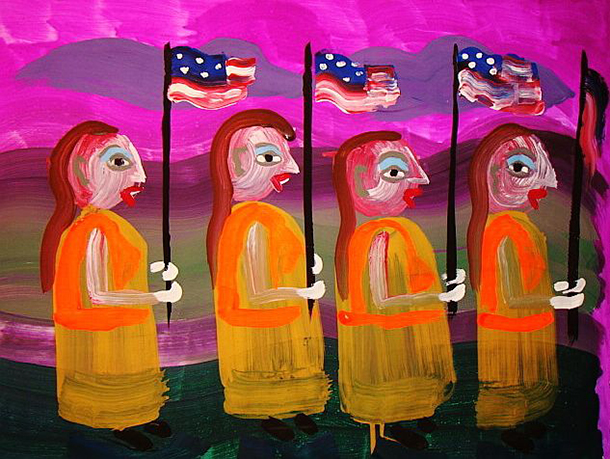
ALMA REALM
brutjournal contributing artist Alma Realm (Instagram: @almarealm) is the magazine’s reclusive oracle; based in a rural part of the American Midwest, she has good access to — and is deeply inspired by — Mama Nature and, from her tucked-away perch, she sends her boldly colored, mysterious-image dispatches both to us and, via Instagram, out into the wider world.
A painter who prefers to allow the pictures she conjures up to speak for themselves, whatever they might have to say or whatever viewers might discern in and take from them, Realm shared with us a batch of images whose titles hint at what she has been thinking about the state of the world today. Here are a few of them.
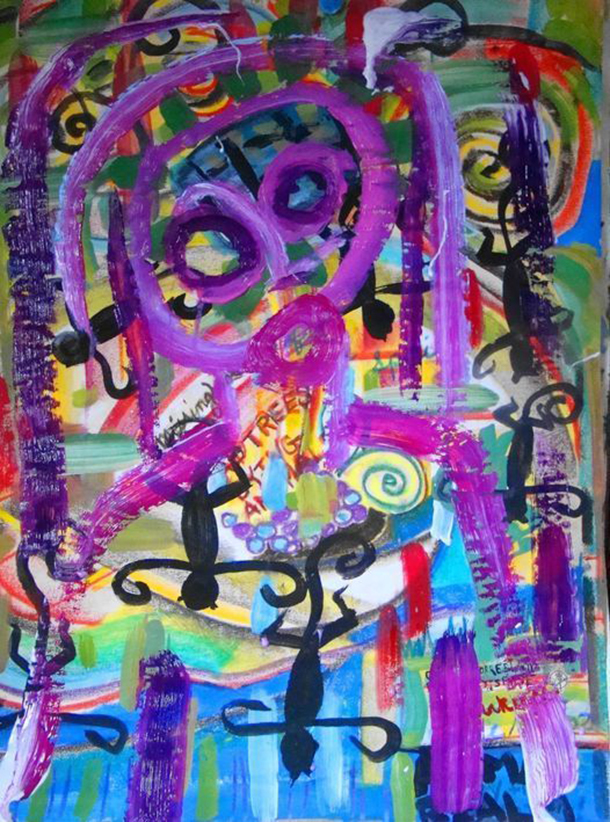
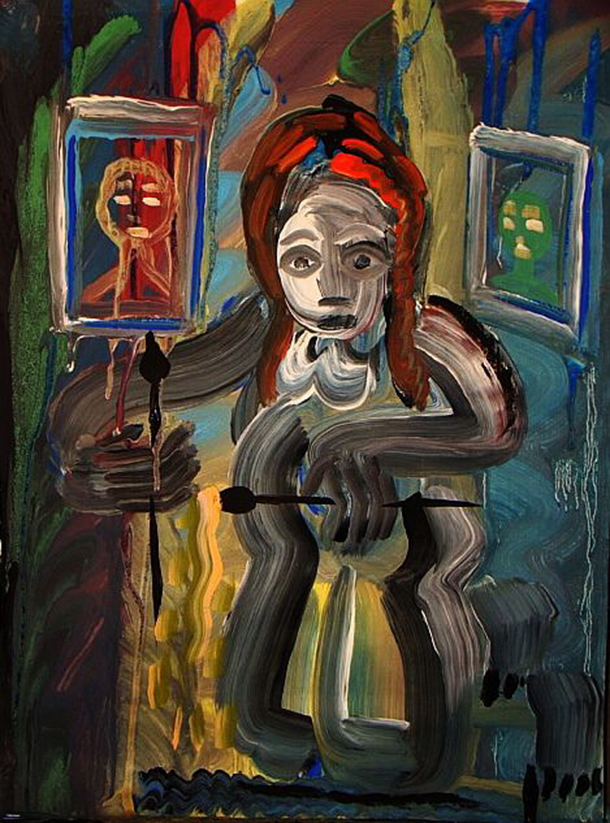
CHIP HAGGERTY
Based in Vermont, as a visual artist, Chip Haggerty (Instagram: @palmtreepapers) is primarily self-taught. In 1995, at an event called the “South End Art Hop,” which took place in Burlington, Vermont, Haggerty won a blue ribbon for his large-scale, one-of-a-kind artist’s books made with sleeping bags and bed-sheet fabric, which he used as surfaces for his original texts and illustrations. He has also used supermarket paper bags and other found or repurposed materials to make his art.
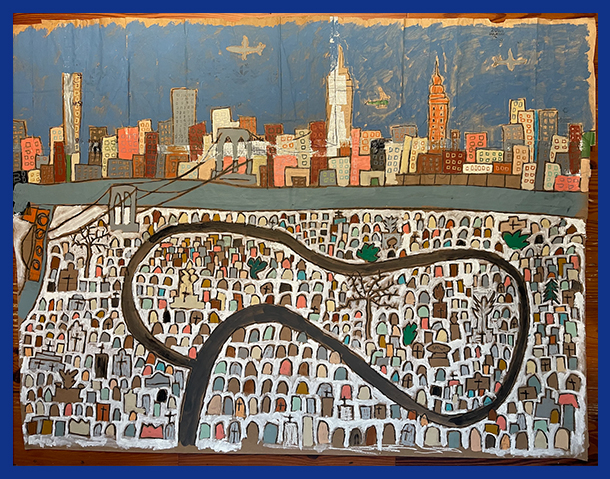
Earlier this year, in response to unfolding political developments and conditions in the U.S.A., Haggerty shared the following comments with us. They have less to do with external forces than they do with Haggerty’s own sense of his own restless spirit.
He noted, “Looking online for this great song, ‘All is an Illusion,’ which was blasting at the great DUMBO flea market, where all the bridges in [downtown] Manhattan seem to converge, I stumbled on a podcast interview [that was also] titled ‘All is an Illusion,’ featuring an Egyptian architect from Switzerland. So I gave it a whirl and I was glad I did, for this bio-geometry pioneer dude explained how the left brain [has to do with] sensory-conscious, linear time and space, and the right brain [has to do with a] spherical, collective, multi-dimensional, subconscious, universal-heart-pulsing world.”
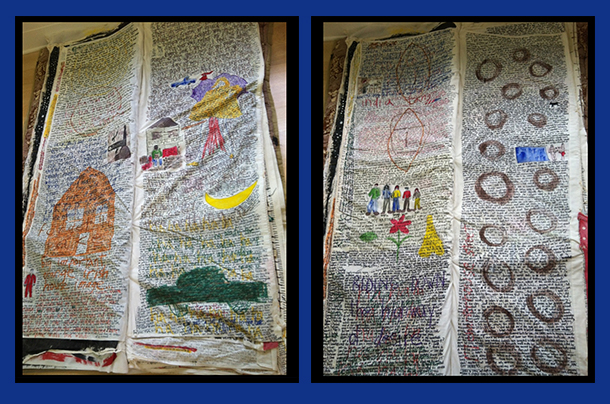
Haggerty had been thinking about his status in the art world, which, for marketing purposes, likes to assign labels to art-makers and their creations. Haggerty said, “You look around Connecticut as you go down the Merritt Parkway, processing this craziness, and wonder if you’re an ‘outsider’ or not.”
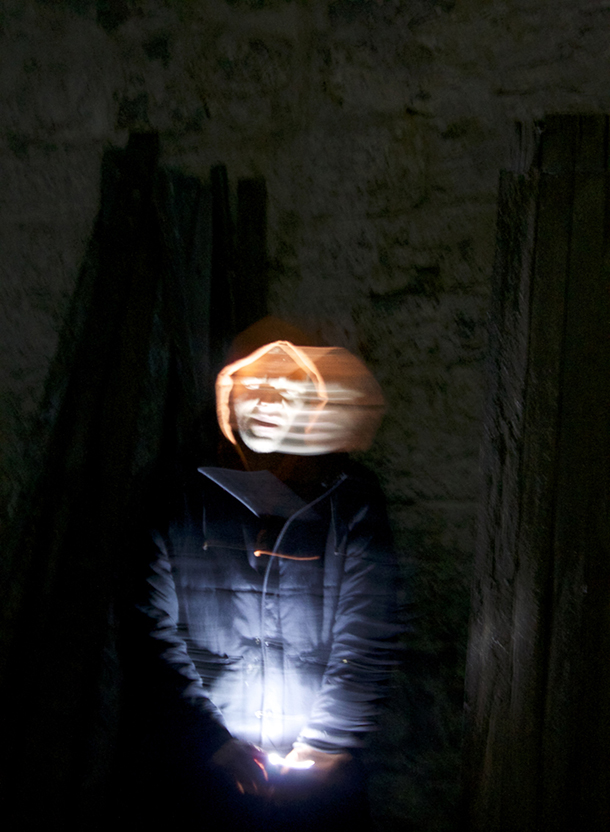
FLEMING LONER LENTAKIS
We first presented the photo work of the late Fleming Loner Lentakis in an article titled “Make Art, Not War,” which was published in brutjournal’s July 2022 issue. As we noted at that time, Lentakis was a New York-born, inquisitive iconoclast who wrote short stories, played the guitar and the saxophone, ran a recording studio, and traveled extensively. As a visual artist, he made collage and photographic works. Lentakis passed away at his home in Miami in 2020, shortly after his 44th birthday.
His mother, Marianne Loner, has told us that, “In the face of decades of war all over the world, Fleming became convinced that all people, and especially artists, must not only bear witness and resist violence but also remember that the world is multifaceted and abundant — and they must show [that understanding]. His stories pay attention to little details, making connections between them as well as treating humble people and outsiders with dignity and [acknowledging their] right to simply be.”
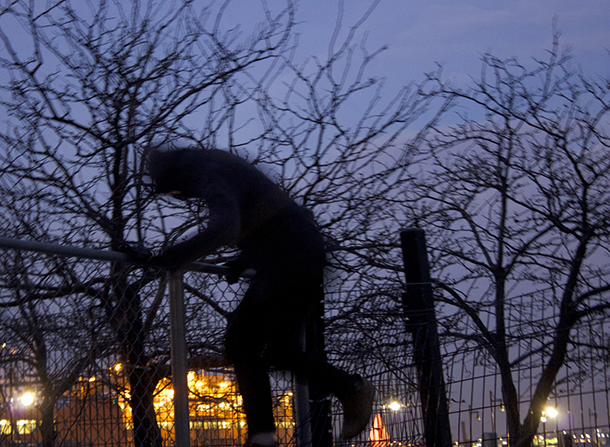
Recently, with our “New Dystopia” theme in mind, Marianne shared with us some photos Fleming had shot showing a nimble man in a wintertime puffer jacket climbing up and over a chain-link fence.
They’re richly atmospheric images, filled with the drama of an inexplicable moment and, with their blurred city lights resembling open fires, a hint of foreboding. Is the subject of these photos being chased or is he breaking into a sealed-off space? Run, dog, run! ICE could be on your tail, or maybe it’s the landlord who just tripled the rent or the partner who took a chance with you on a cryptocurrency caper that went south fast.
Describing these edgy-feeling photos, which, collectively, are titled “Facing the Fence,” Marianne nailed it when she noted, “Through their blurred structures and dark hues, they evoke confusion and an uncertain future.”
